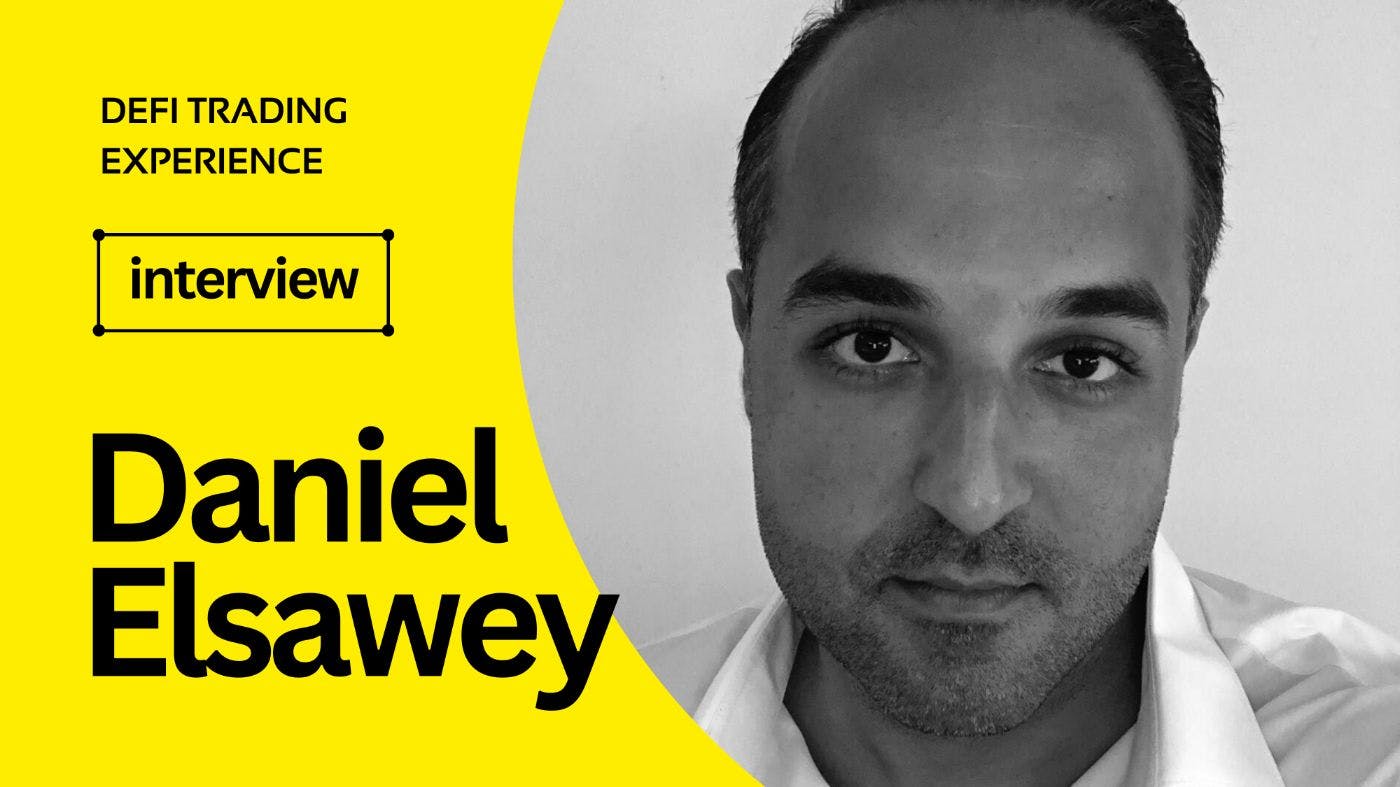385 reads
TiDefi CEO on Improving the Trading Experience on DEXs
by
February 3rd, 2023
Audio Presented by
Technology enthusiast with a focus on AI, startups and blockchain, bringing the latest news and insights to readers.
About Author
Technology enthusiast with a focus on AI, startups and blockchain, bringing the latest news and insights to readers.
